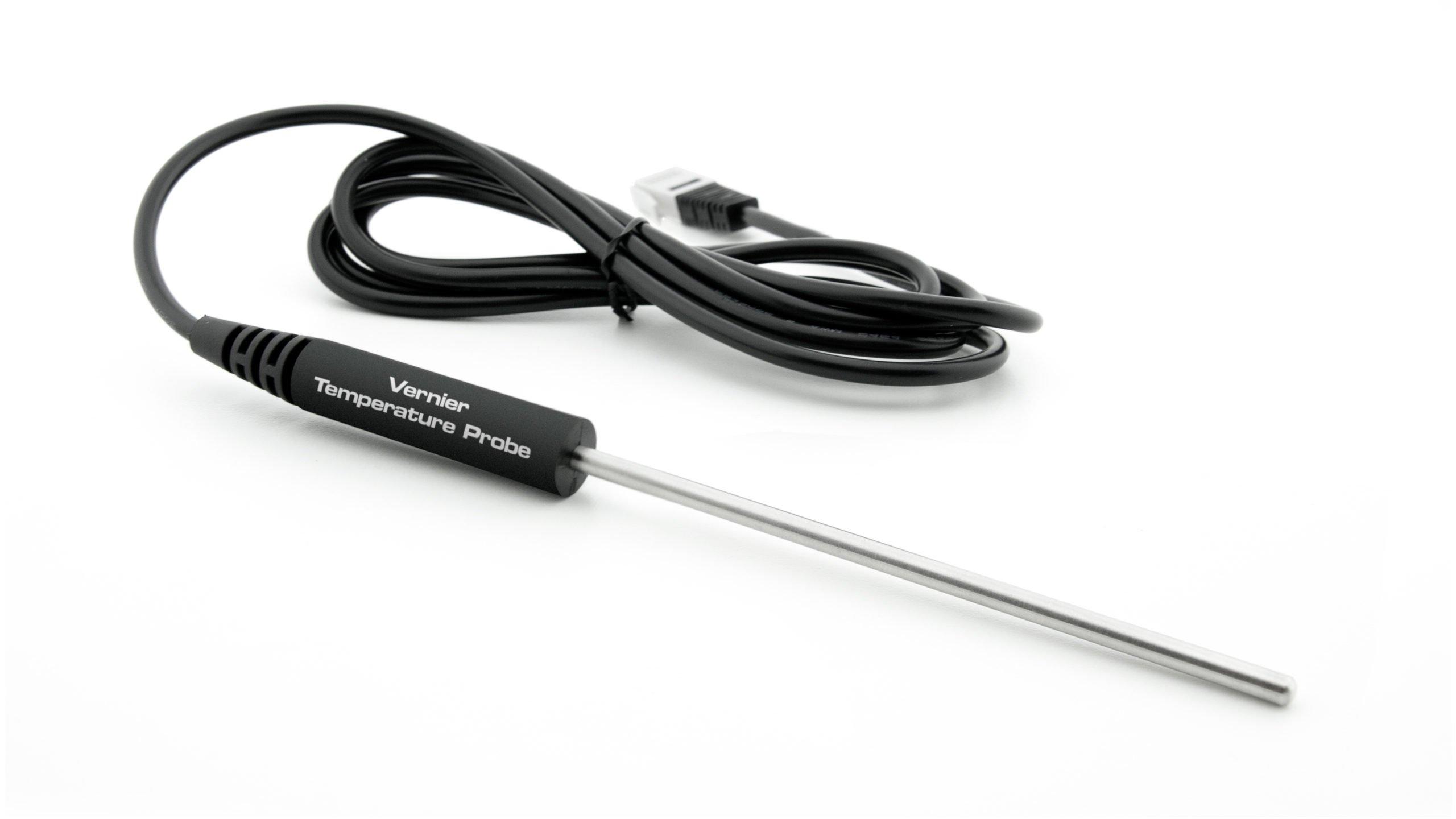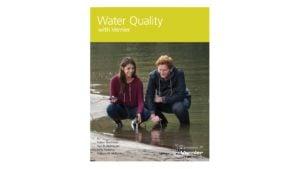Introduction
The temperature of a body of water influences its overall quality by affecting solubility of gases and the health of organisms. Water temperatures outside the “normal” range for a stream or river can cause harm to the aquatic organisms that live there. If the water temperature changes by even a few degrees over a one-mile stretch of the stream, it could indicate a source of thermal pollution.
Thermal pollution caused by human activities is one factor that can affect water temperature. Many industries use river water in their processes. The water is treated before it is returned to the river, but is warmer than it was before. Runoff entering a stream from parking lots and rooftops is often warmer than the stream and will increase its overall temperature.
Shade is very important to the health of a stream because of the warming influences of direct sunlight. Some human activities may remove shade trees from the area which will allow more sunlight to reach the water, causing the water temperature to rise.
Another factor that may affect water temperature is the temperature of the air above the water. The extent of its influence has a great deal to do with the depth of the water. A shallow stream is more susceptible to changes in temperature than a deep river would be.
While many factors can contribute to the warming of surface water, few cause it to be cooled. One way water can be cooled is by cold air temperatures. A second, natural method of cooling a river or lake comes from the introduction of colder water from a tributary or a spring.
One important aspect of water temperature is its effect on the solubility of gases, such as oxygen. More gas can be dissolved in cold water than in warm water. Animals that require a high level of dissolved oxygen, such as salmon, will only thrive in cold water.
| Organism | Temperature range (°C) |
|---|---|
| Trout | 5–20 |
| Smallmouth bass | 5–28 |
| Mayfly larvae | 10–25 |
| Stonefly larvae | 10–25 |
| Carp | 10–25 |
| Mosquito | 10–25 |
| Catfish | 20–25 |
Increased water temperature can also cause an increase in the photosynthetic rate of aquatic plants and algae. This can lead to increased plant growth and algal blooms, which can be harmful to the local ecosystem.
A change in water temperature can affect the general health of the aquatic organisms, thus changing the quality of the stream. Table 1 lists the optimal temperature ranges of some selected aquatic organisms. When the water temperature becomes too hot or too cold, organisms become stressed, lowering their resistance to pollutants, diseases, and parasites.
Objectives
- Use a Vernier Temperature Probe to measure the temperature of the water at one site and at a second site upstream.
- Determine the temperature change of the water.
Sensors and Equipment
This experiment features the following sensors and equipment. Additional equipment may be required.
Ready to Experiment?
Ask an Expert
Get answers to your questions about how to teach this experiment with our support team.
- Call toll-free: 888-837-6437
- Chat with Us
- Email support@vernier.com
Purchase the Lab Book
This experiment is #1 of Water Quality with Vernier. The experiment in the book includes student instructions as well as instructor information for set up, helpful hints, and sample graphs and data.


